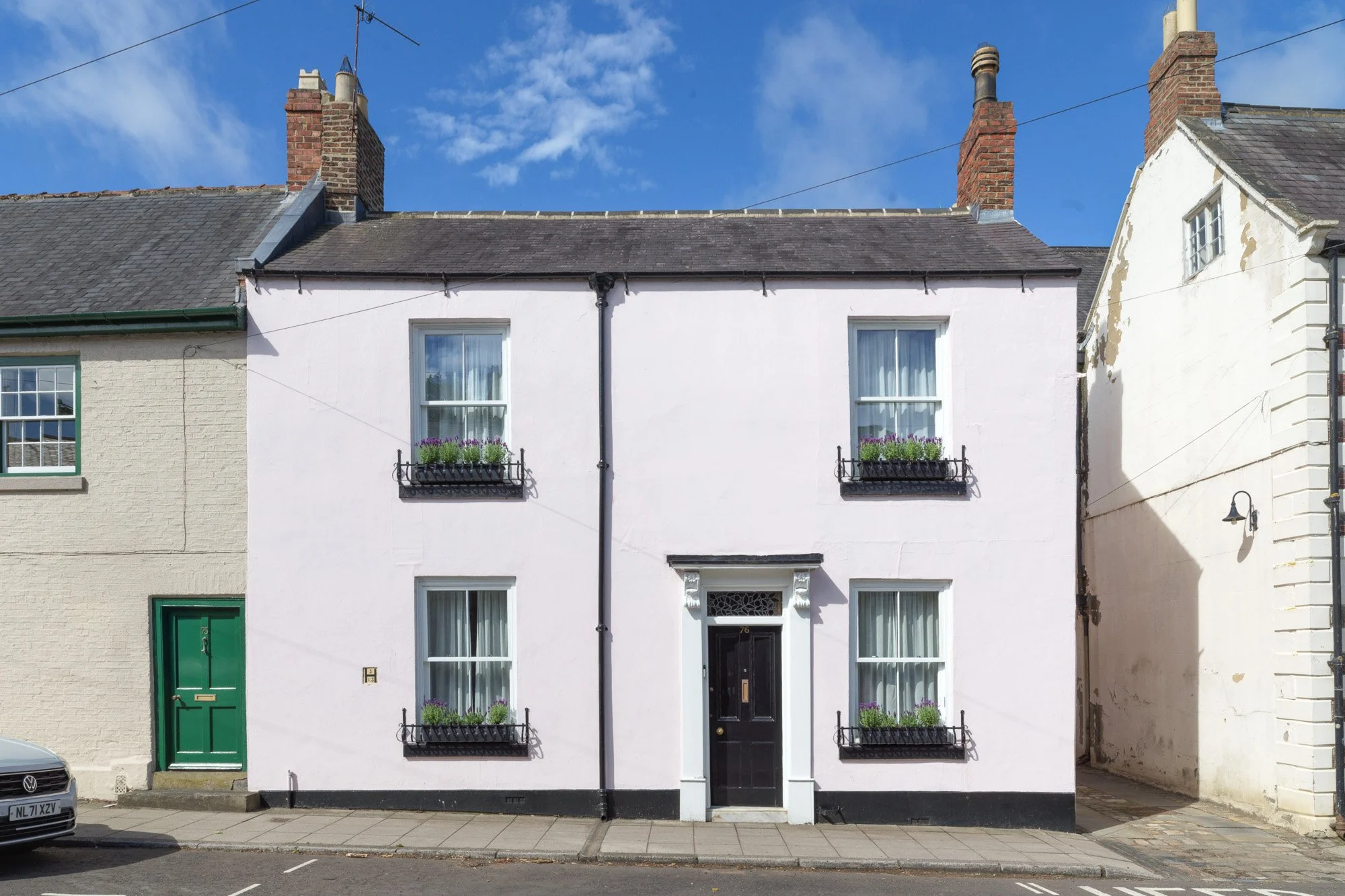More Interior Testing
Following on from my basic test of the Hasselblad X1Dii in my living room, I decided to take the beast on a proper job and test-shoot some frames in a prestige property. The property itself was a converted stable block up the Northumberland coast owned by a couple who i’ve worked with before when shooting a previous barn conversion for a sale through a local boutique estate agency. They have superb taste in styling and decor so it was interesting to see what they’d done with this huge space. I’d shot the property previously some four years ago for a different agnt, and although it was clearly a lovely home, it lacked “oomph” in the decorative department.
Luckily the sun was most definitely out, and I had unbroken light shining throughout the 3 hours I was there. The property looks almost like a train station with a hugely elongated southerly front aspect running along an elevated platform. With a limited amount of space in front of the house, this meant that the exteriors had to be shot from each end, and the straight-on front elevation needed three shots stitched together via panoramic software to get it all in.
I went through the immaculately presented property as I usually would using my D850 and 15mm Laowa shift lens along with three Godox AD200 flashes offering key light, additional light to the far ends of larger rooms and illumination to adjoning spaces that were visible. When I’d done the room shots and exteriors I looked to the Hasselblad to put together some details in key spaces.
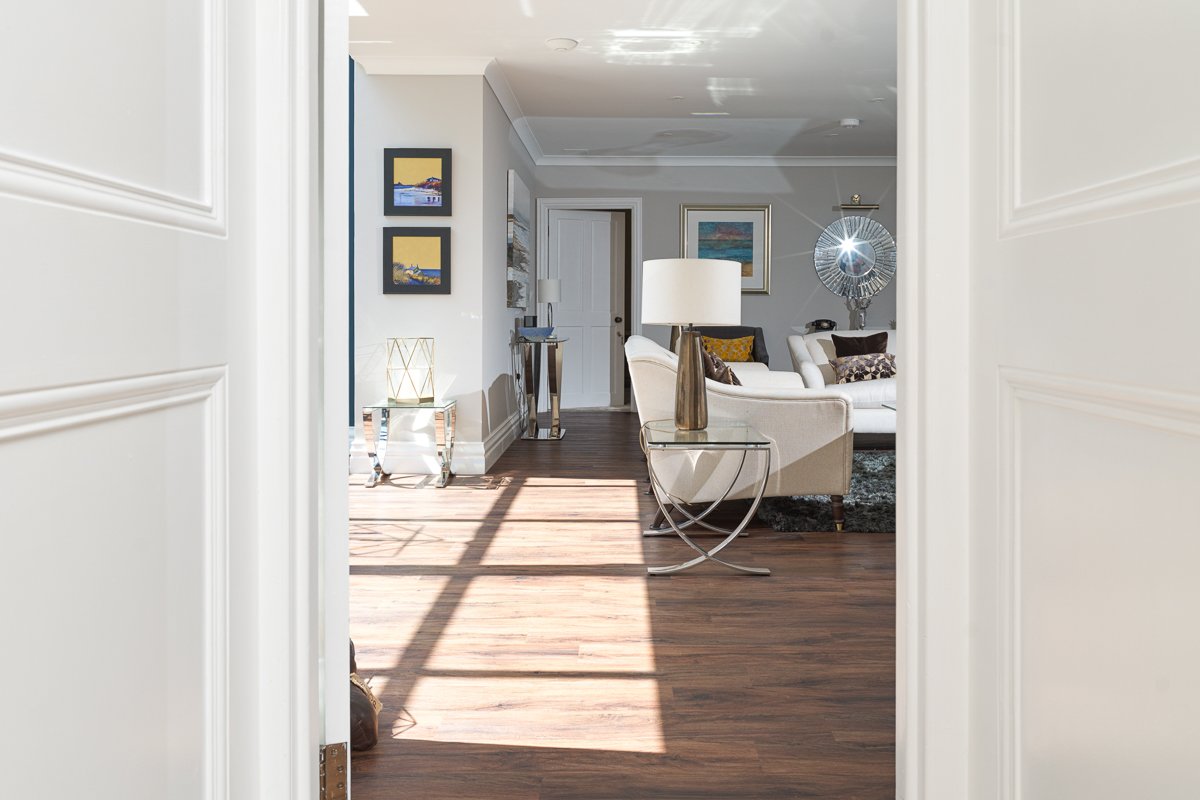
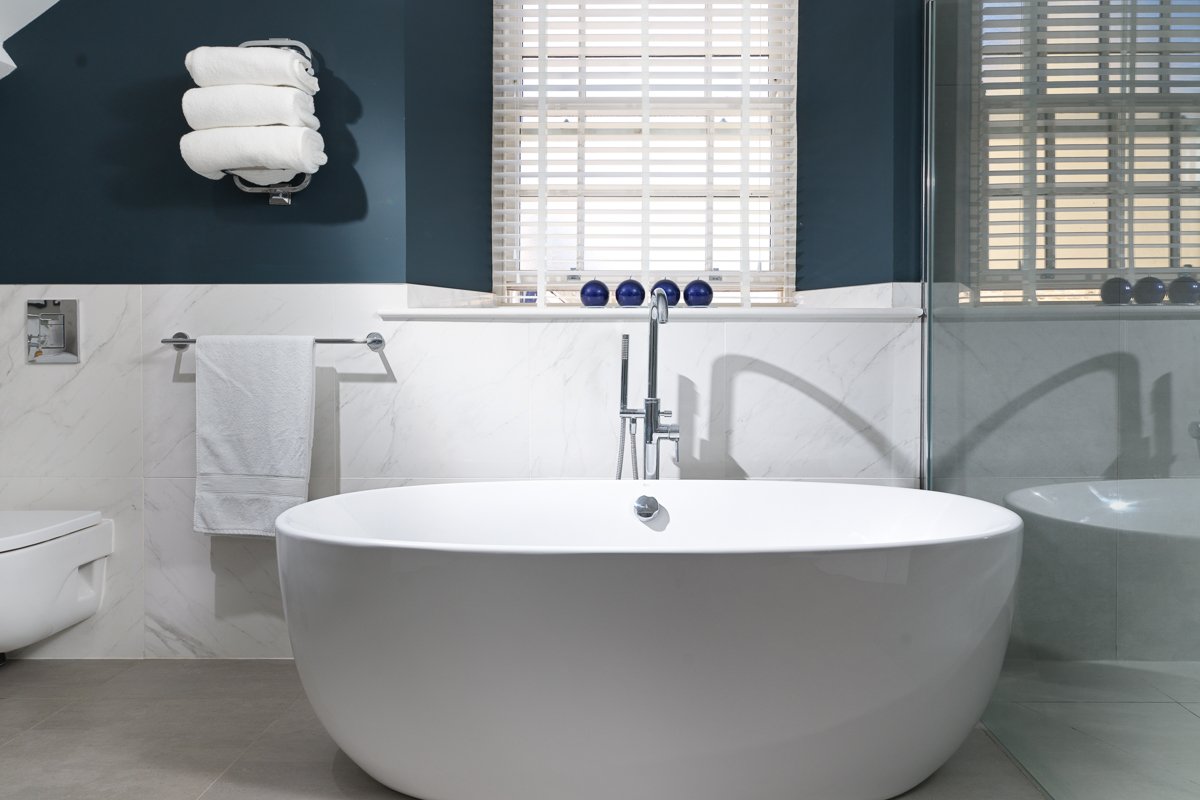
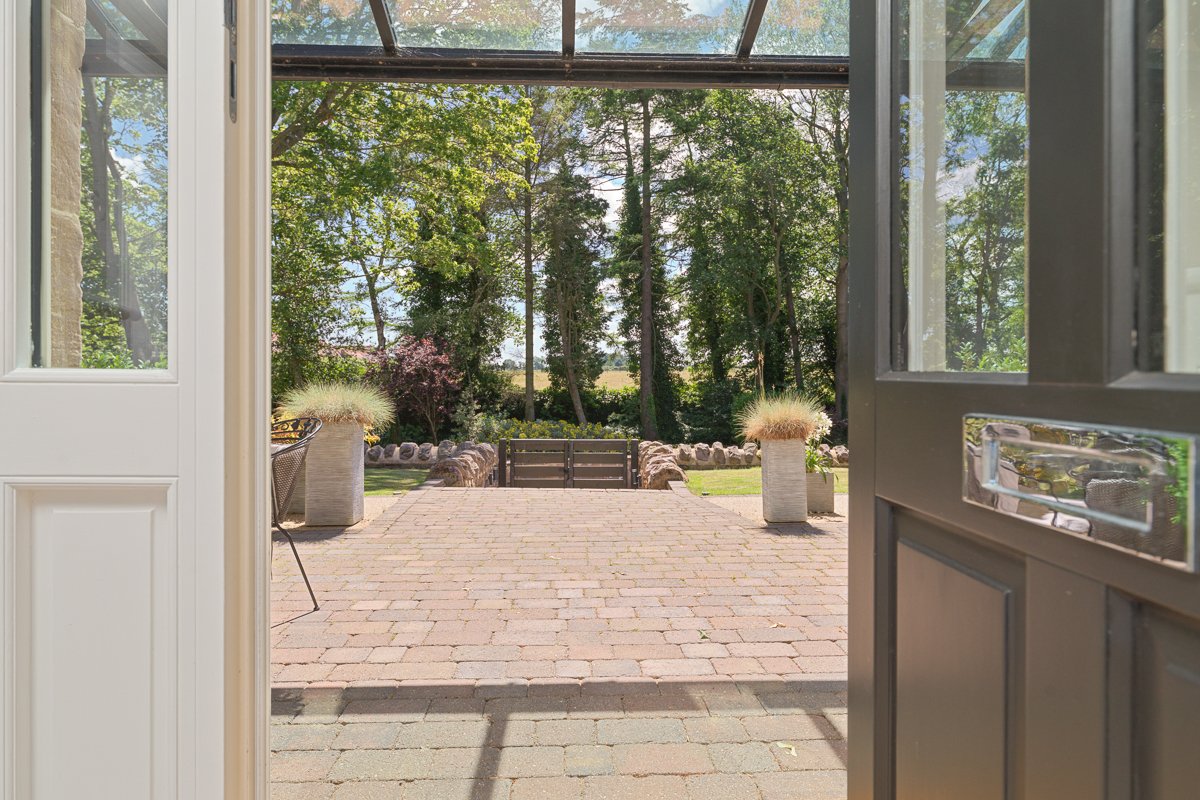
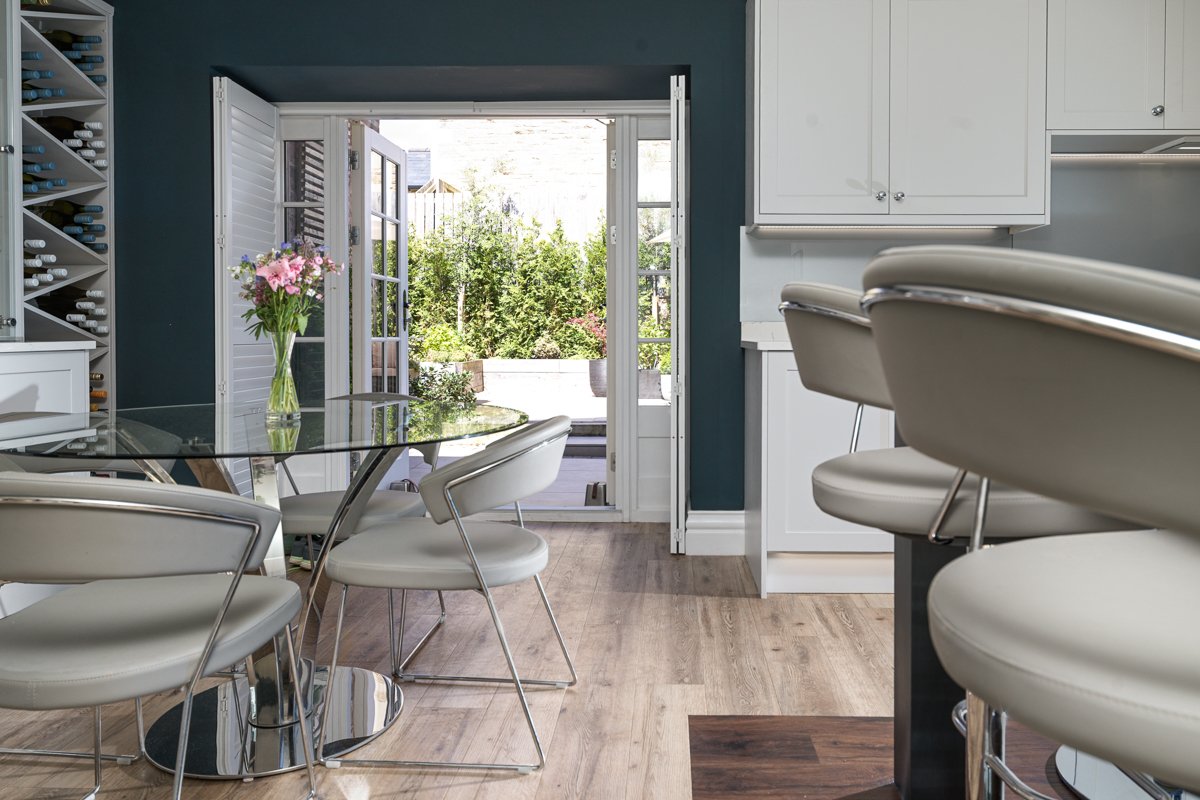
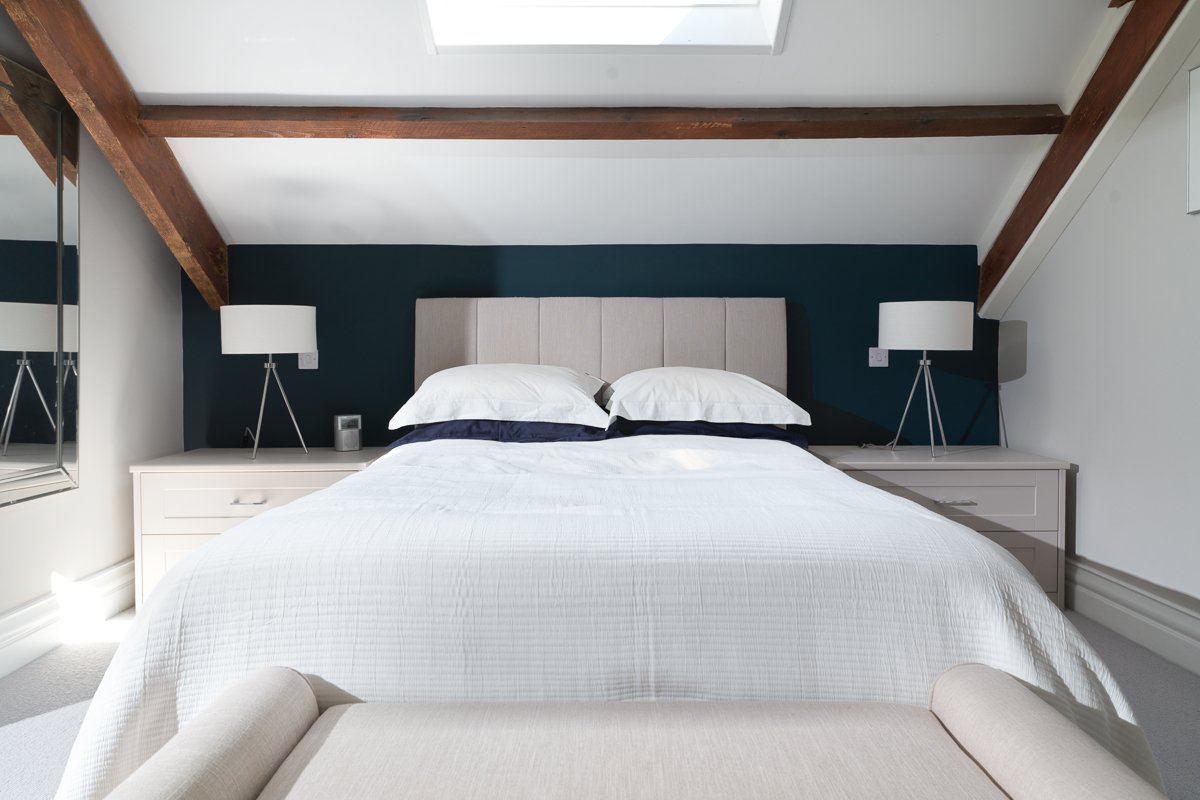
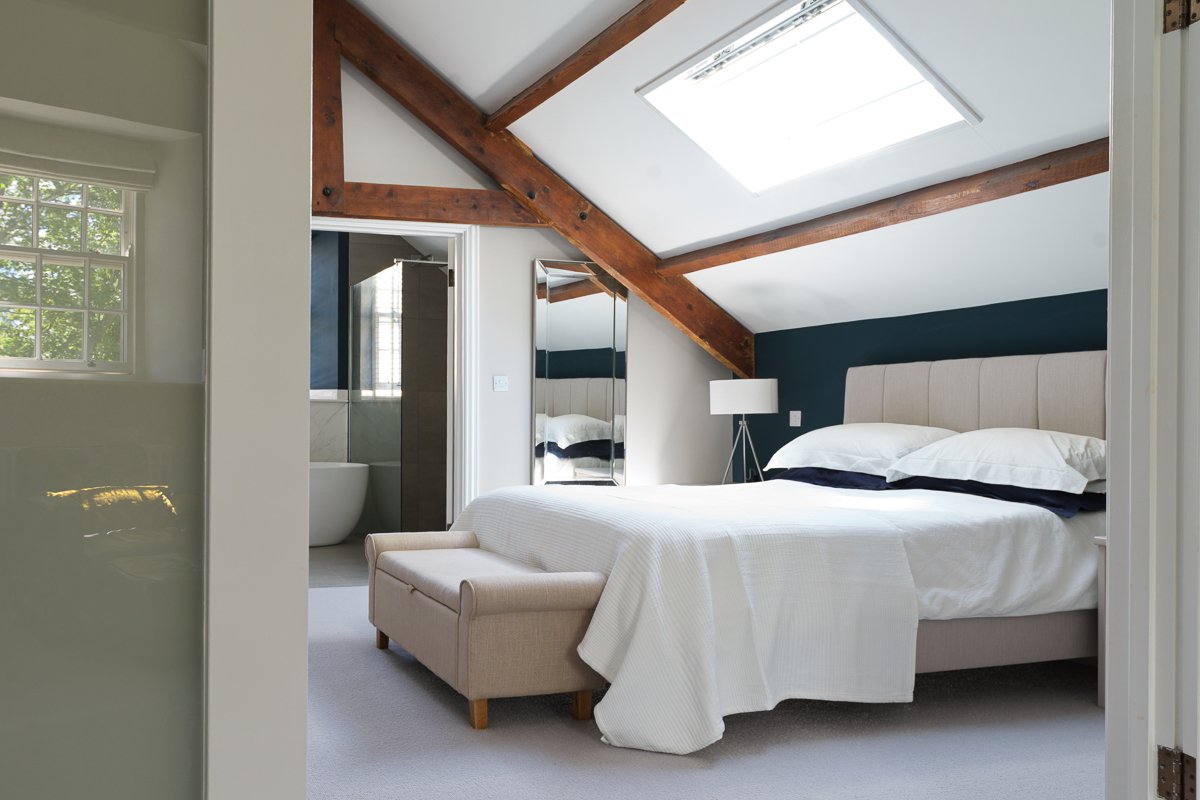
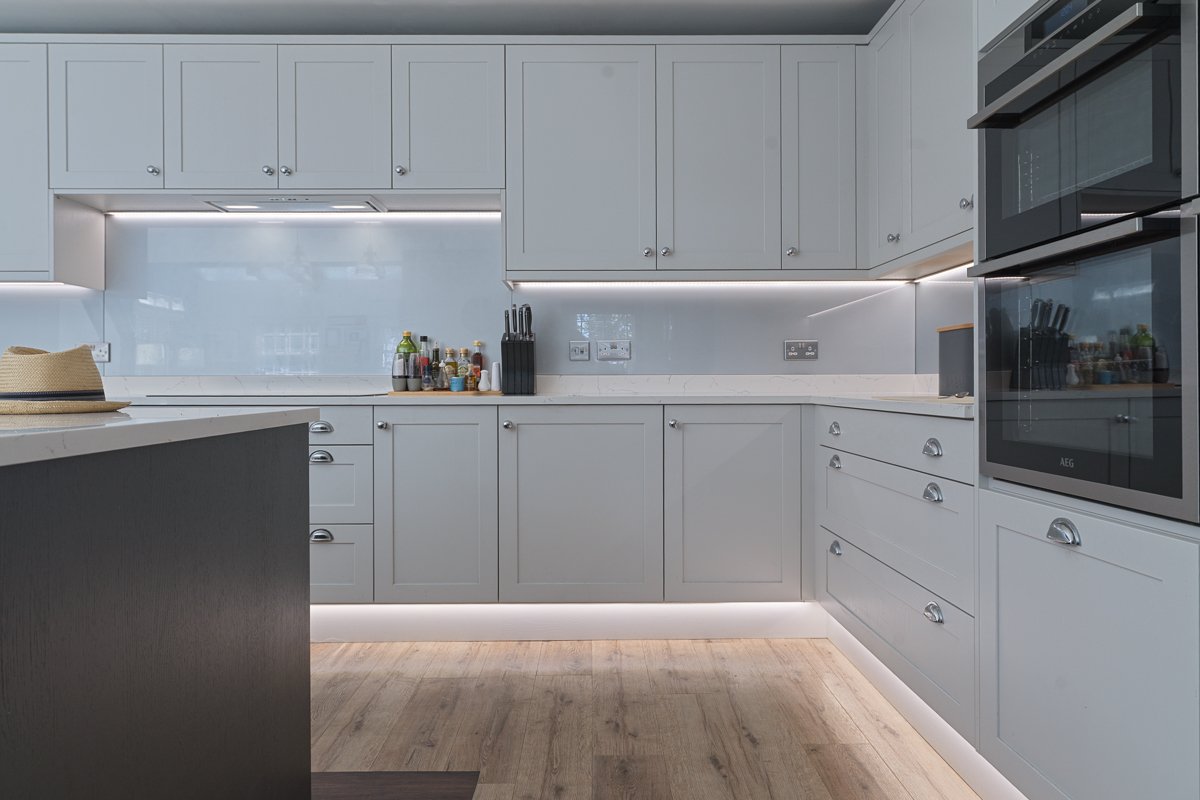
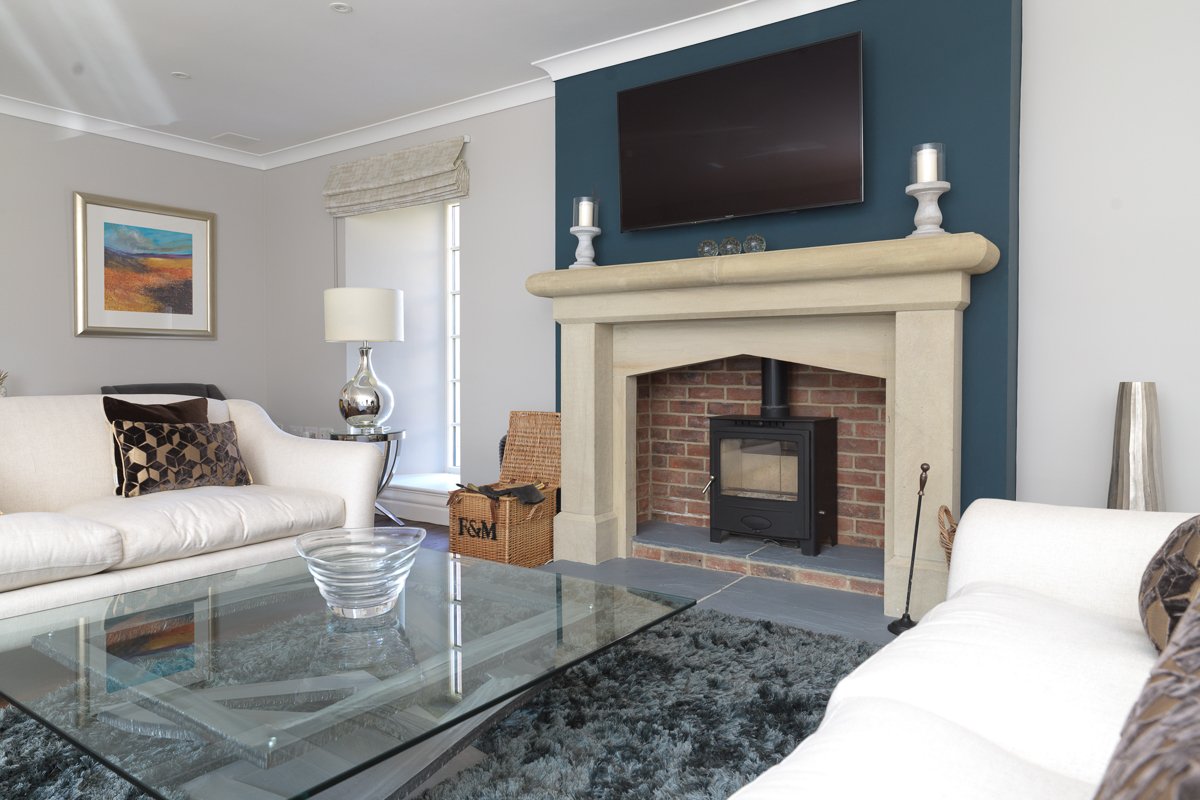
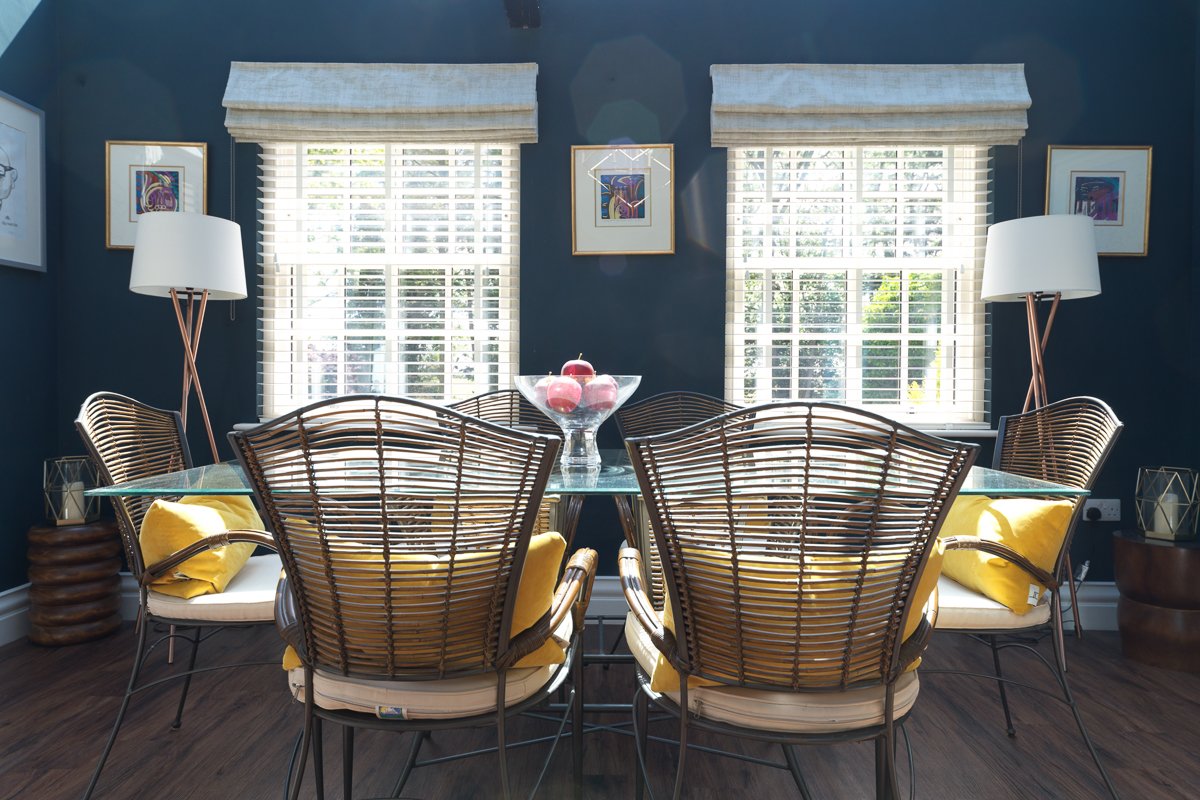

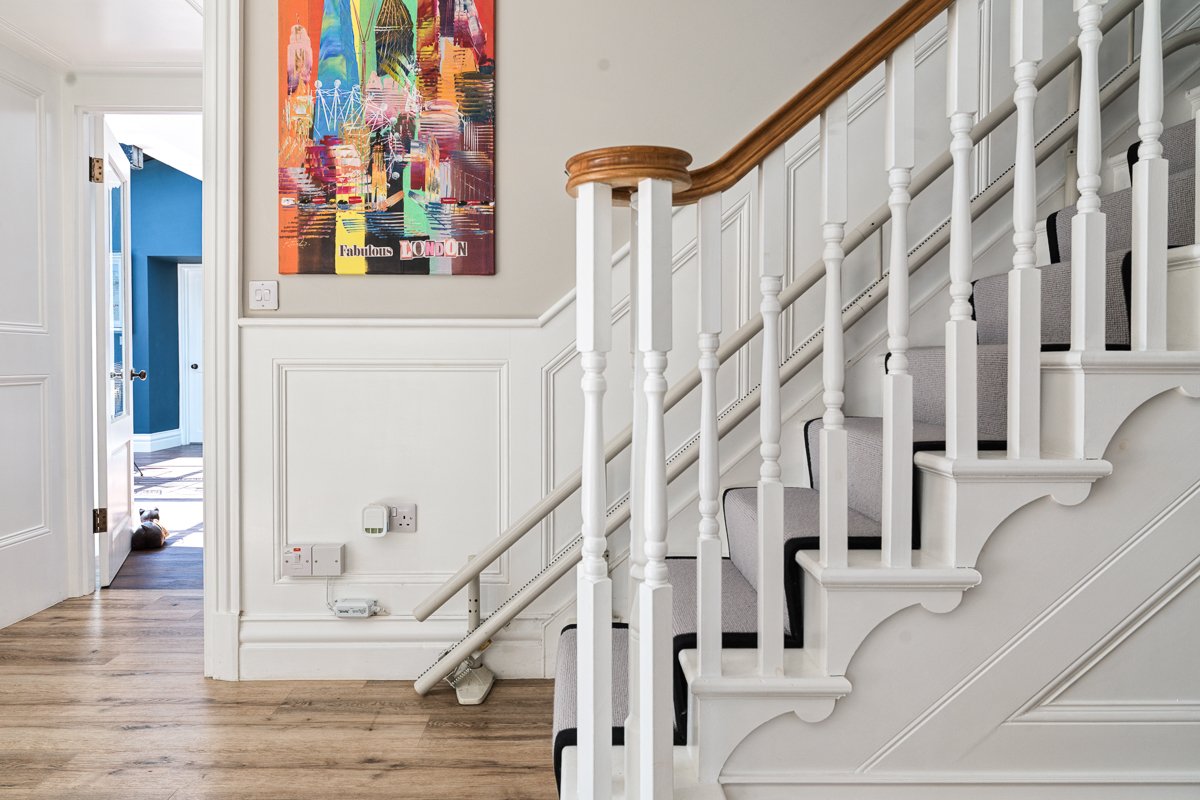
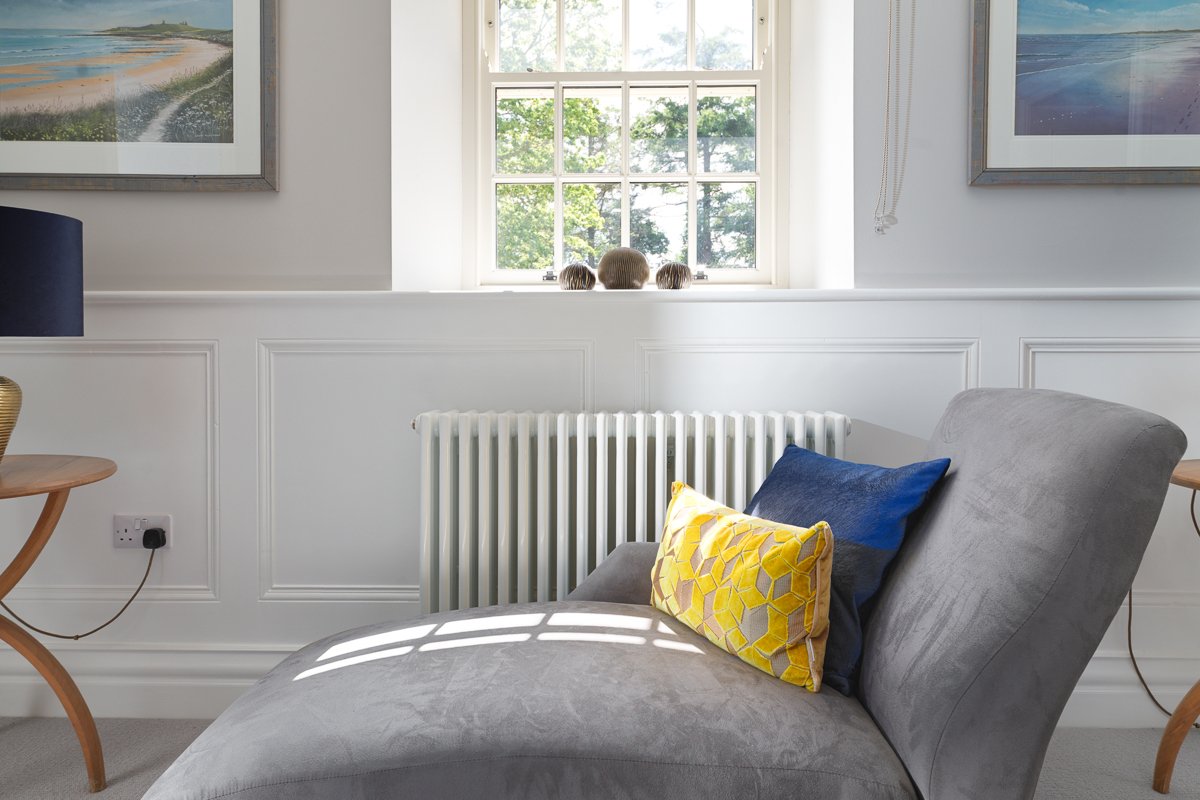
The aim was to use natural light in order to gauge the quality of the sensor’s ability to handle high contrast scenes and get the colours right. I used manual exposure mode, set the base ISO of 100 and stopped the lens down to f8, only changing the shutter speed to whatever I needed. One or two of the exposures were shot with a bit of flash to highlight something. The camera was mounted on my carbon fibre Manfrotto 144 tripod and geared head.
The lens used was the Hasselblad HC 28mm and the XH converter which gives a 1.20x magnification. The converter means that autofocus is disabled, so manual focus was used. The camera was wifi controlled using the Phocus Mobile 2 software - a system that seems to work flawlessly to be fair.
It has to be said that I was working more quickly than I would if this were a commercial assignment. The camera needs time and effort to get the best out of it, but on real-estate shoots it’s always an in and out exercise. despite that, the few shots I managed to capture worked well. The raw files contained so much information, the colours far surpassed those from the Nikon, and the owners were thrilled. The property isn’t actually going to market until early 2026, and I’ll be shooting some twilight exteriors in the autumn so I might try and use the medium format gear to do that. I’m still reeling from the huge expenditure, but the one thing I’m missing is the ability to shoot wide. The native lenses for the X series cameras are so bloody expensive so they’re a definite no, however there’s a converter which has a 0.8x effect on the H system lenses that would transform the 28mm to a 22mm (18mm equivalent in full frame terms). It’s available at a decent used price, so we’ll see.
I actually used the camera to shoot some exteriors on a job last weekend in Durham city centre, and the results were a bit of a revelation. The sun was blasting onto the front of the white-painted fascia, and I carefully exposed the frames so as not to blow anything out. When the files went into the Phocus software it became apparent that the walls were not white, but a very pale pink which my eyes couldn't discern, but was picked up perfectly by the 16-bit sensor. My Nikon D850 shooting 14-bit raw files can capture 16,384 distinct tones of colour, but the 16-bit sensor is capable of capturing 65,536 tones, meaning it produces a better gradient of tones and more of them obviously.
Fascinating stuff.
